It's I wrote a Cookbook week on DadCooksDinner!
To whet your whistle, here's a sample section from Rotisserie Grilling. I let my inner food geek run wild, and explore the science of rotisserie. Enjoy!
---Start Excerpt---
Sidebar: Charcoal vs. Gas
The cheapest charcoal grill browns meat better than most gas grills. Why?
Warning! Science content ahead. If you want to skip it, the summary is: Meat browns as meat juices are exposed to heat and evaporate. Dry heat browns better than wet heat because the extra water has to evaporate before the meat will start to brown. Burning charcoal is dry heat. Burning gas releases water, making wet heat. Therefore, charcoal browns meat better than gas.
Starting science content. My wife, the high school chemistry teacher, made sure I have the science correct. She says you better not skip ahead. There will be a quiz.
Why is dry heat better than wet heat? The Maillard reaction.
The Maillard reaction occurs when sugars and amino acids are exposed to heat in a dry environment; the result is browning and the release of water. "The result is browning" is shorthand for complex chemical interactions that scientists are still figuring out. The sugars caramelize, interact with the amino acids, and produce all sorts of flavor compounds. Those flavor compounds are what make the browned crust on a roast so delicious.
Meat is full of protein fibers and meat juices. When meat is cooked, the heat tightens the muscle fibers, and they squeeze juices out of the meat. The meat juices are full of sugars and amino acids, and when they reach the surface of the meat, they are exposed to heat. That starts the Maillard reaction. As the juices brown, they release more water. That extra water slows down the Maillard reaction until it evaporates, and browning starts again.
Water prevents browning. Meat needs to be cooked at 350°F or higher to evaporate the water fast enough to keep the browning reaction going, and higher temperatures are better. Boiled meat is gray, without any browning at all, because it is covered with water. This is why recipes recommend patting food dry before cooking; any extra water slows down browning until it evaporates.
Now we get to charcoal versus gas. (Finally!)
Charcoal is wood heated in an oxygen free environment. When all the water in the wood has evaporated, you are left with carbon. When carbon is burned, it produces heat, carbon dioxide, and a little carbon monoxide. That's our dry heat - no water.
Gas is either propane or methane (also known as natural gas). When gas is burned, it produces heat, carbon dioxide, and water. That water is the problem - it needs to be evaporated by the heat of the grill before the Maillard reaction will start.
Now for the good news: a rotisserie helps browning, whether you use gas or charcoal. Escaping juices roll around the surface of the meat, spreading the sugars and amino acids so the Maillard reaction can do its thing. Yes, a charcoal grill with a rotisserie browns better than a gas grill with a rotisserie. But, a gas grill with a rotisserie browns about as well as a charcoal grill without a rotisserie. If you have a gas grill, don't give up - the rotisserie will still help.
End Science content. You can keep reading now.
If you want a gas grill that browns as well as a charcoal grill, you need more heat, to help evaporate the extra water. This means more burners, especially infrared burners, which do a great job of generating heat. But that makes the grill more expensive. It's tough to beat a cheap kettle grill filled with charcoal.
Don't get me wrong; I use both charcoal and gas grills. In a perfect world, I would use charcoal all the time. However...gas grills are so convenient. They're easy to light and provide constant, even heat as long as you don't run out of gas. There are no worries about charcoal burning down and cooling off; there's no need to add extra coals every hour. In the middle of February, when every trip to the grill involves shoveling snow, I love that extra convenience.
---End of excerpt---
What do you think? Questions? Other ideas? Leave them in the comments section below.
The book:
Rotisserie Grilling by Mike Vrobel
*Enjoyed this post? Want to help out DadCooksDinner? Subscribe using your RSS reader or by Email, recommend DadCooksDinner to your friends. Or, buy something from Amazon.com, like my rotisserie cookbook, through the links on this site. Thank you!

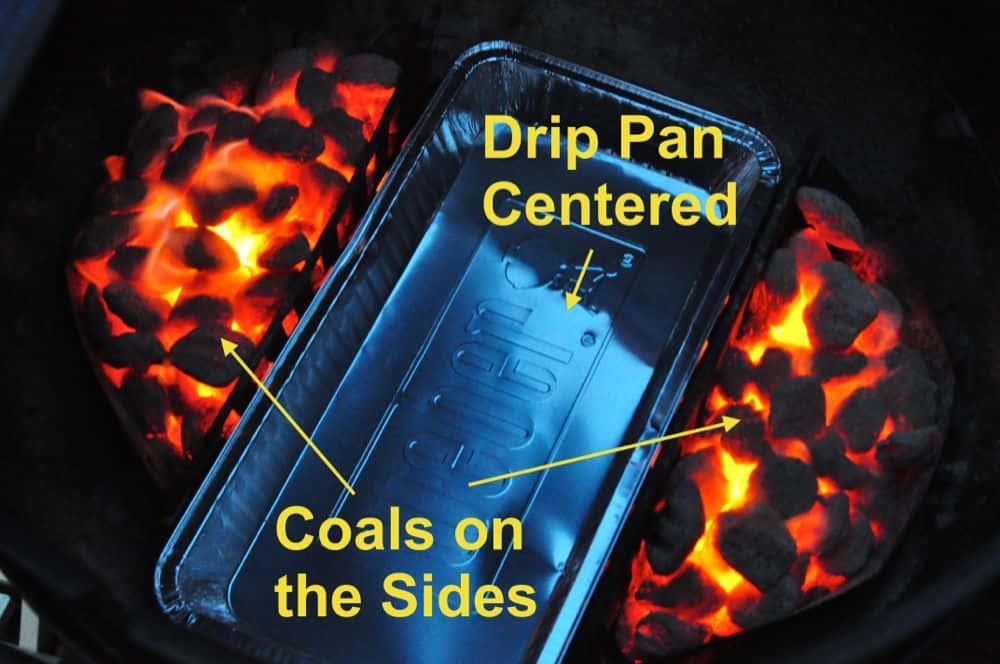
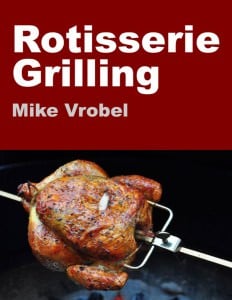
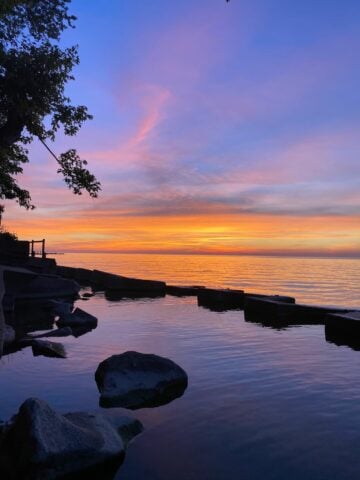
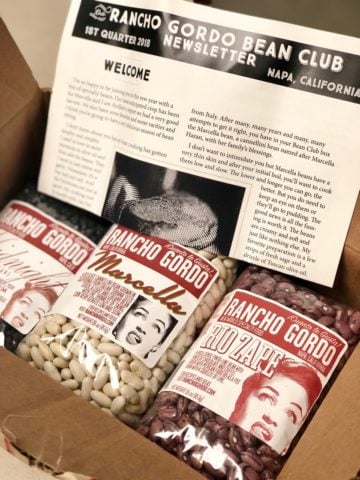
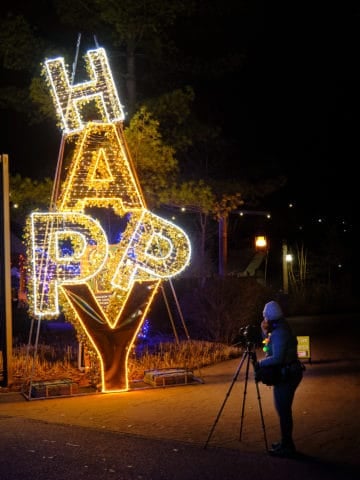
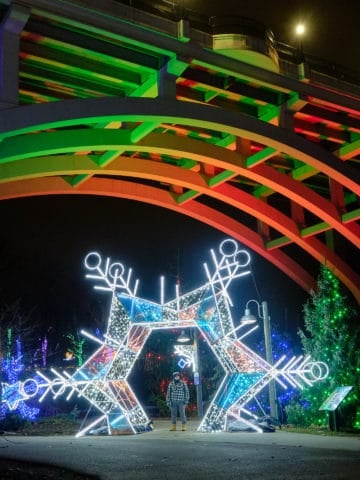
Anthony
Great post. I agree. Nothing beats that crust and burnish from hardwood smoke. Although it is a pain to get them light all the time. I haven't caved and purchased a gas grill yet...and I'm doing a rotisserie chicken right now on my fire pit filled with japanese sumi charcoal. Can't beat it!